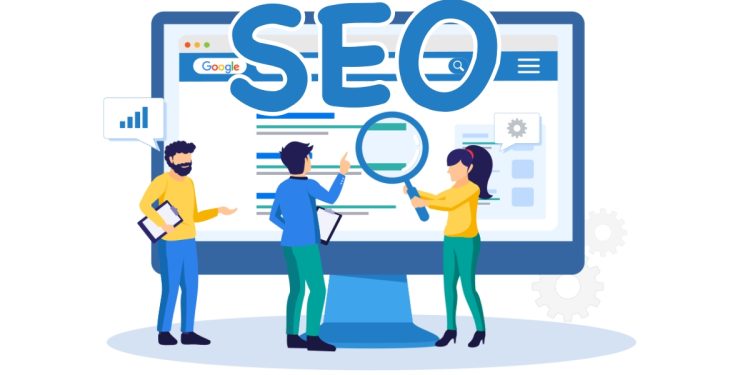Introduction
SEO forms the backbone of any form of digital presence – whether it be a website or an application. How well you define the SEO of your web pages commands how much traffic is going to visit you. Getting high traffic to your website or app is especially more significant for eCommerce companies since they are an FMCG market and bank on direct sales to consumers. The truth is, Nasdaq predicts that by 2040, the eCommerce market will contribute to the tune of 95% of all the purchases globally – this is reason enough to start thinking about streamlining and optimizing the SEO of your website/application.
Fortunately, there are highly effective, tried-and-tested SEO techniques that exist for eCommerce that can be adopted into your workflows to improve SEO. Better yet, you could hire an affordable SEO expert to guide you with the entire process of getting the SEO of your eCommerce establishment right. Let’s understand how.
Best Practices
There are three distinct aspects of SEO that help you optimize it right for the search engines: the technical aspect, the keywords aspect, and the content aspect. Each of these is discussed below turn by turn.
Technical Checklist
The technical aspect ensures that your website or application is built right for search engines to understand it and present it to your consumers when they search for items you sell.
- Crawling and indexing. Crawlers and indexers are bots that a search engine deploys to find content on your website and organize it to display when a search query is entered. You can help a search engine’s crawlers and indexers by installing your own robots.txt and sitemap.xml files in the root to make your website ready to be presented.
- Resolve errors, redirects, broken links. Having broken links that give your visitors a 404 error or too many redirects (301 error) can be frustrating, and you could lose a potential buyer. It is important to ascertain that all the links on your webpage work and show relevant content.
- Crawl budget. Setting a crawl budget is helpful when your business is large scale and has too many web pages for a search engine to crawl (over 10,000). This helps you set priorities on which web pages the crawlers should focus on.
- Page experience. Optimizing your webpage for a good user experience helps your website rank better. Regularly track the frontend performance of your website and continually check to see if the core web vitals are healthy and optimized.
- Architecture. It is important to have a flat, simple architecture for your website. This makes it easy for the crawlers to discover relevant content, and for the users to navigate your website with ease. Ideally, it shouldn’t take more than three clicks to get to the desired page.
Keywords Checklist
Keywords are the single most important aspect of SEO – a starting point that helps you define other aspects of your website, like content and paid marketing campaigns. Here is how you can optimize keywords.
- Defining keywords. Conduct thorough keyword research to understand which search terms the users are typing in search to discover your products. Also, analyze the competition on each of these keywords to understand which ones you need to target.
- Keyword metrics. Use a good keyword research tool to provide analytics on traffic volume, domain authority, keyword density, etc. However, use this data only to guide your SEO, not define it. The best strategy lies in selecting long-tail but high-converting keywords, and steadily working to raise your domain authority on these.
- Search intent. For the keywords you are targeting, it is important to address the search intent contained in them. This counts towards the relevance of the information contained on your website, which is one of the primary aspects of search result rankings.
Content Checklist
According to Shopify, 65% of the users prefer purchasing from websites that present products in local languages. The quality, length, and relevance of the content on your website not only helps the visitors find what they are looking for, but also in improving your website rankings on search results pages. Let’s see what you can do about it.
- Title and headings. Titles and headings make it easier for crawlers and indexers to understand the content your website carries; the more relevant it is, the more your website’s discoverability would be.
- Meta content. Meta content is a snippet displayed on search results of what visitors can expect to read/find on your website for the search query they have initiated. Keeping the meta on point would help you rank better on SERPs.
- Structured data. Utilize the power of structured data. Use JSON-LD format and schema.org vocabulary on your web pages. Ensure that the structure is well defined – it will help the search engine display product information directly in search results.
- Links. A study by Ahrefs revealed that 43.7% of the top rankers on Google search results had reciprocal links. The opposite is also true; it is important to optimize your content for more backlinks to help your website rank better.
- Marketing. Even though your business is concerned with eCommerce, it is important to make your website content marketing effective. People look for more than just product presentations in content – deliver more and better information that drives them further into the sales funnel.
Conclusion
Being an eCommerce company brings many advantages to crafting an SEO strategy that would help the website rank better; however, there is a need to understand these best practices to implement the strategies in a way that brings back maximum traffic and the highest possible conversions.














